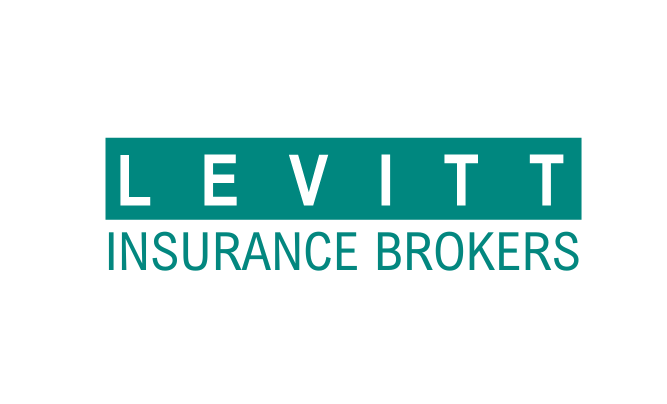Are you tired of overpaying for car insurance? Finding affordable car insurance in Ontario requires balancing cost with the right coverage. This article will help you determine your budget and coverage needs, ensuring you secure cheap auto insurance without sacrificing essential protection. We’ll explore how to set a spending limit, assess coverage options based on your vehicle type, estimate deductibles, and consider personal factors that affect insurance costs. Whether you’re a new driver or looking to switch providers, these insights will help you make informed decisions and find coverage that fits your budget.
Understand Your Budget and Coverage Needs for Car Insurance
Understanding budget and coverage needs is crucial when seeking cheap vehicle insurance. This section explores determining monthly spending limits, assessing required coverage, estimating deductibles, reviewing personal circumstances, tracking potential discounts, and creating a list of essential policy features.
Determine Your Monthly Spending Limit for Insurance Premiums
Setting a monthly spending limit for insurance premiums is essential when searching for affordable auto insurance. Drivers should analyze their income, expenses, and financial obligations to determine a realistic budget for their insurance policy. This process may involve consulting an insurance broker or using analytics tools to assess spending patterns and identifying potential savings.
Once a budget is established, drivers can compare quotes from various insurance providers to find coverage that fits within their financial constraints. It’s important to consider factors such as deductibles, coverage limits, and available discounts when evaluating options.
Assess Required Coverage Options for Your Vehicle Type
Assessing required coverage options for a vehicle type is necessary when seeking cheap car insurance. Drivers must consider factors such as the vehicle’s age, value, and usage to determine appropriate coverage levels. This process often involves evaluating financial risks.
Different vehicles may require varying levels of coverage based on provincial regulations and personal needs. For instance, older cars might not need comprehensive coverage, while newer or financed vehicles typically require full coverage. Understanding these requirements helps drivers balance cost-effective insurance with adequate protection.
Estimate Potential Deductibles Based on Your Budget
Estimating potential deductibles based on budget is crucial when seeking cheap vehicle insurance. A higher deductible often results in lower premiums, similar to how health insurance brokers structure plans. Drivers must balance their ability to pay out-of-pocket costs with desired premium savings, considering their financial situation and risk tolerance.
Careful consideration of deductible options helps drivers optimize their coverage while adhering to budget constraints. This process mirrors how life insurance brokers assess clients’ wealth and risk profiles to recommend suitable policies. Regulations may impact minimum deductible requirements, so drivers should consult with insurance professionals to ensure compliance while maximizing cost savings.
Review Personal Circumstances Affecting Insurance Costs
Personal circumstances significantly influence vehicle insurance premiums. Factors such as age, driving history, credit score, and location affect assessment and premium calculations. Insurance providers evaluate these elements to determine an individual’s insurance profile.
Reviewing personal circumstances helps drivers identify areas for improvement to reduce car insurance costs. This process aligns with risk management strategies used in various industries. Drivers can take proactive steps to enhance their profile, such as improving credit scores, completing defensive driving courses, or relocating to areas with lower insurance rates. Understanding these factors empowers individuals to make informed decisions about their vehicle insurance coverage:
1. Age
- Impact on Insurance Cost: Higher rates for young and elderly drivers
- Potential Actions: Wait for age-related rate decreases or take defensive driving courses
2. Driving History
- Impact on Insurance Cost: Higher rates for accidents or violations
- Potential Actions: Maintain a clean driving record, consider usage-based insurance
3. Location
- Impact on Insurance Cost: Urban areas often have higher rates
- Potential Actions: Consider relocating or adjusting coverage based on location threats
Keep Track of Any Discounts You May Qualify For
Tracking available discounts is a crucial strategy for finding cheap car insurance. Auto insurance brokers often offer various discounts, such as safe driver, multi-policy, and vehicle safety feature discounts. Drivers should regularly review their policies and communicate with their insurance broker to ensure they take advantage of all eligible cost-saving opportunities.
Insurance services providers may offer discounts for factors like low mileage, good grades for students, or completion of defensive driving courses. By staying informed about available discounts, drivers can significantly reduce their insurance costs while maintaining adequate coverage.
Create a Clear List of Essential Features for Your Policy
Creating a clear list of essential features for a vehicle insurance policy helps drivers prioritize coverage needs and find cost-effective options. Drivers should consider factors such as liability limits, collision coverage, and comprehensive protection when compiling their list. An insurance broker can provide valuable insights into local requirements and recommend appropriate coverage levels based on individual circumstances.
Insurance companies offer various policy features, and drivers must identify which ones are crucial for their situation. This process involves evaluating personal assets, driving habits, and risk-tolerance. Organizing these essential features allows drivers to compare policies efficiently and make informed decisions. Many insurance organizations provide detailed policy information via email, enabling customers to review and select the most suitable coverage options:
1. Liability Coverage
- Protects against damage to others
- Mandatory in Ontario
2. Collision Coverage
- Covers damage to your vehicle in accidents
- Mandatory in Ontario
3. Comprehensive Coverage
- Protects against non-collision incidents
- Valuable for areas prone to natural disasters
4. Uninsured or Unidentified Driver Coverage
- Covers damages caused by uninsured drivers
- Crucial if the other driver is uninsured or unidentified
Key Takeaways
- Research and compare multiple insurance providers to find the best rates and coverage options
- Higher deductibles can lower premiums, but ensure you can afford the out-of-pocket costs
- Take advantage of discounts like safe driver rewards, policy bundling, and telematics programs
- Regularly reassess your policy to align with life changes, driving habits, and budget constraints
- Stay informed about industry trends and regulatory changes through newsletters, forums, and professional networks
If you’re currently looking for cheap car insurance options in Ontario and you’re in need of a quick quote, don’t hesitate to contact us!
Request a QuoteYes
No
Somewhat




